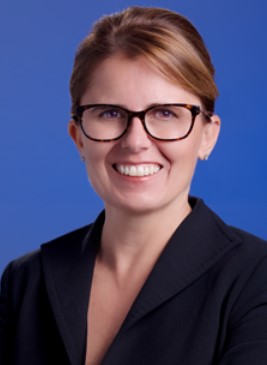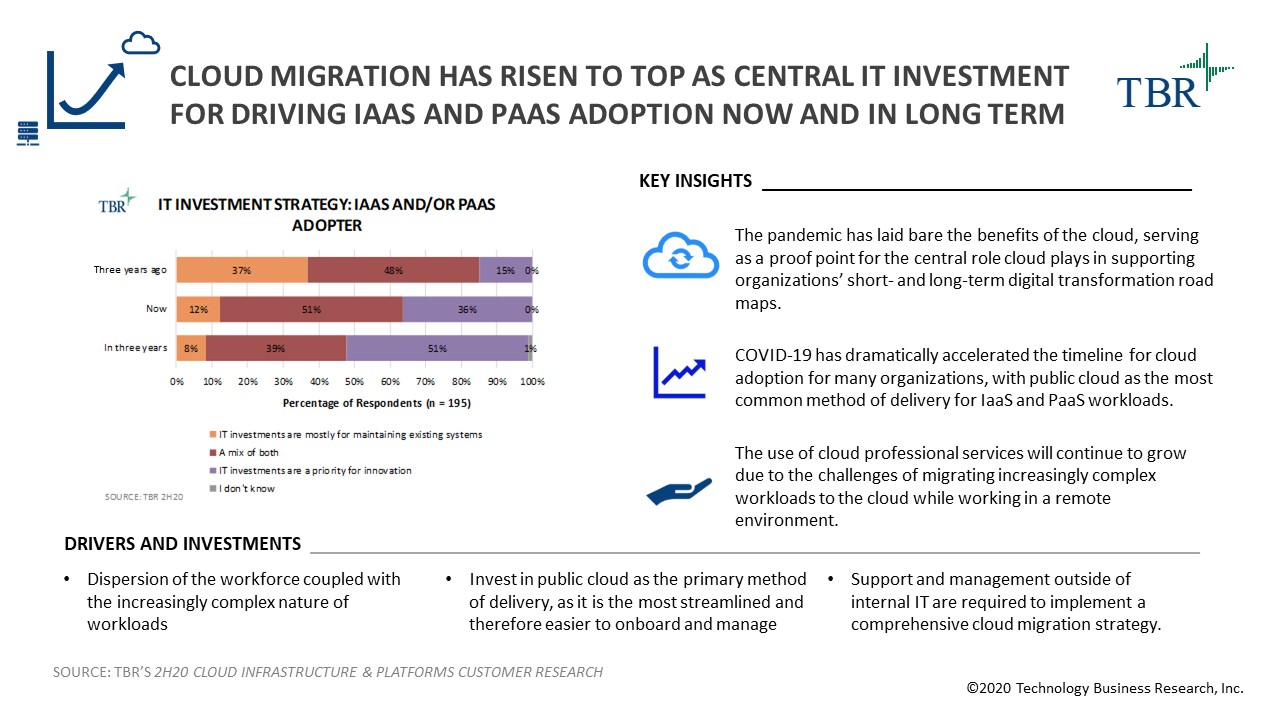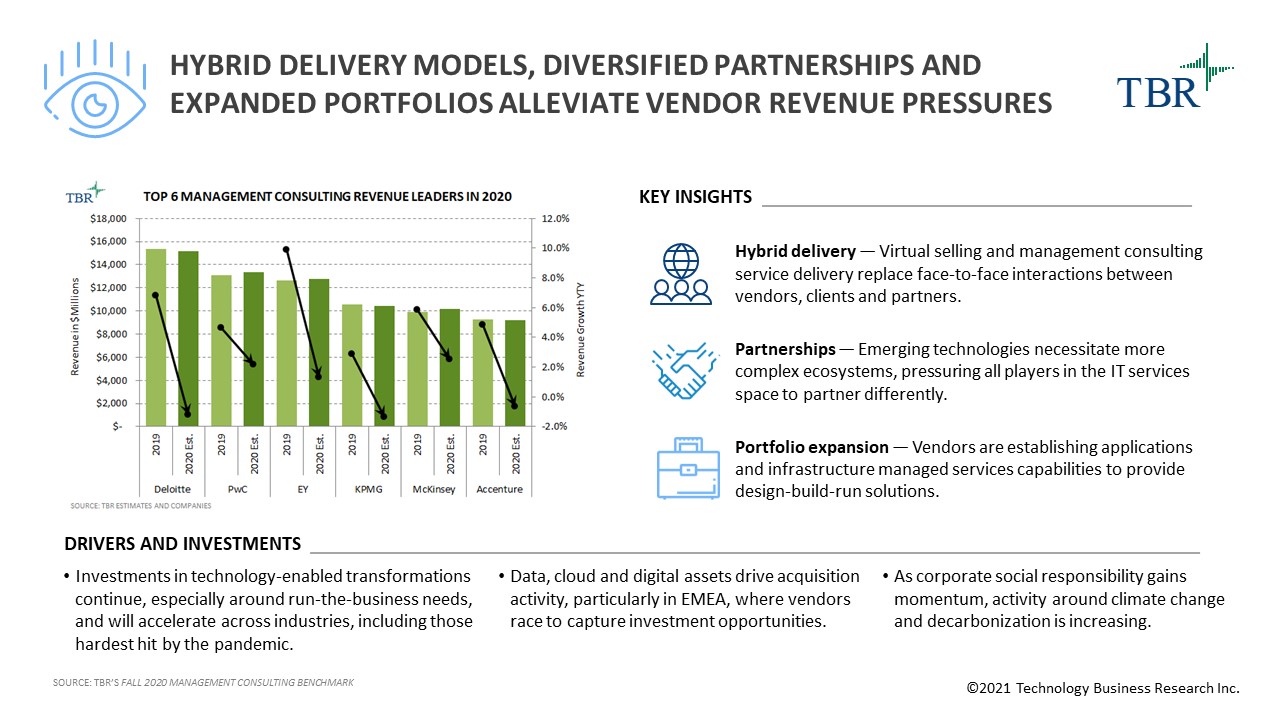Women in STEM: Atos’ Isabelle Warnier on overcoming the biggest roadblock
STEM fields are growing, creating tremendous opportunity for well-trained applicants. While these areas of study have traditionally been male-dominated, cultivating interest at the undergraduate level can help draw in more women who may have the necessary skills but have never considered STEM as a career path. In TBR’s monthly series Women in STEM, we discuss how female leaders have successfully pursued careers in STEM and are encouraging more female representation by passing on the lessons they have learned to other women who are pursuing this path.
Meet Isabelle Warnier, head of Scaler, the Accelerator, and head of Industry Analyst Relations at Atos

Isabelle Warnier currently serves as vice president and head of startup and SME program Scaler, The Atos Accelerator, which focuses on industries, security and decarbonization. The program combines Atos’ expertise with the knowledge of industry-focused startups to coinnovate industry-specific digital solutions.
Warnier holds a master’s degree in marketing communications and brand management from CELSA Paris-Sorbonne.
Trust and empowerment from leaders can break down barriers
Many young women find excitement in STEM fields when in school but convince themselves that they should not or could not make a career out of it. “I was so embarrassed not to be an engineer working with scientists and experts, as a woman in a man’s world and not from a prestigious engineering school,” said Warnier. In January’s Women in STEM, IBM’s Jennifer Glick spoke to imposter syndrome — when one doubts one’s abilities and knowledge — among women in STEM, and Warnier echoes this, even going as far as to call it “classic among women” in the field. However, Warnier is quick to suggest ways to overcome this: “Start early convincing girls that STEM jobs are super exciting and that if you want to make something big for the world we live in, this is a wonderful place to be.”
Along Warnier’s successful and ongoing STEM journey, a common thread of leaders who trusted her abilities and empowered her to believe in herself enabled her to overcome imposter syndrome and to enact the changes she felt were needed to make positive moves in her roles in the field. Warnier emphasizes the value of mentors, either male or female, along the journey to challenge you and guide you toward success.
Men see the benefits of a diverse workforce too
Warnier, a 20-plus-year veteran of various jobs in STEM, notes, “An increasing number of men also work to create more opportunities for women, because as they work with more diverse teams, they see the benefits.” We, as women, have a lot of insights to bring to the table in STEM fields if we challenge ourselves to step outside of our comfort zones and share them.
Just go for it
STEM fields are a segment of the larger working world where there are many unknowns waiting to be discovered. Whether it’s Thomas Edison’s accidental discovery of electricity or Newton’s sudden insight about gravity while sitting under an apple tree, great thinkers in history have made breakthrough discoveries because they were willing to go for it. When asked what advice Warnier would give a young woman considering starting a career in STEM, she said, “I would definitely say, go for it! Jump into this limitless ocean. It is refreshing, nurturing, and you will find out that you can either swim, dive or sail on mainstream or unknown routes.”
Be yourself
Perhaps the most important piece of advice that women often forget is, “Do not mimic what you think is expected from you but develop what is singular and unique in yourself,” says Warnier. Every person has unique talents and strengths they can bring to their career. Do no lose sight of what makes you you. Warnier adds, “Evidence is overwhelming from corporate boardrooms to startups: Where women have more power, organizations are more successful, [and] economies where women participate more are more successful.” We as women need to embrace our strengths when pursuing goals both in and outside of our comfort zones so we can effect positive change using our special gifts and skills, especially in STEM fields.




